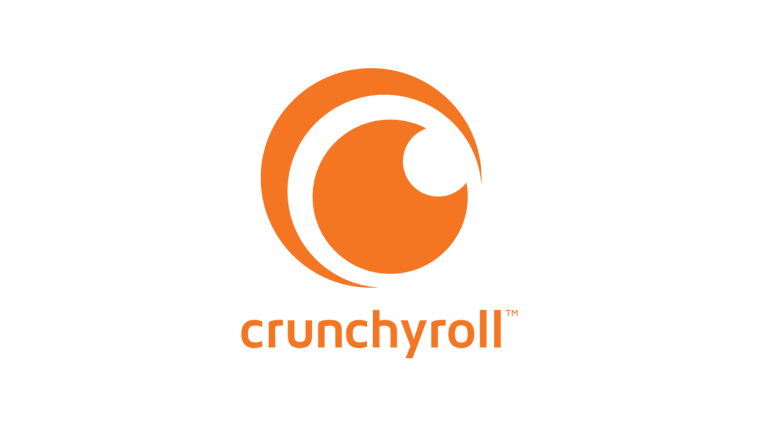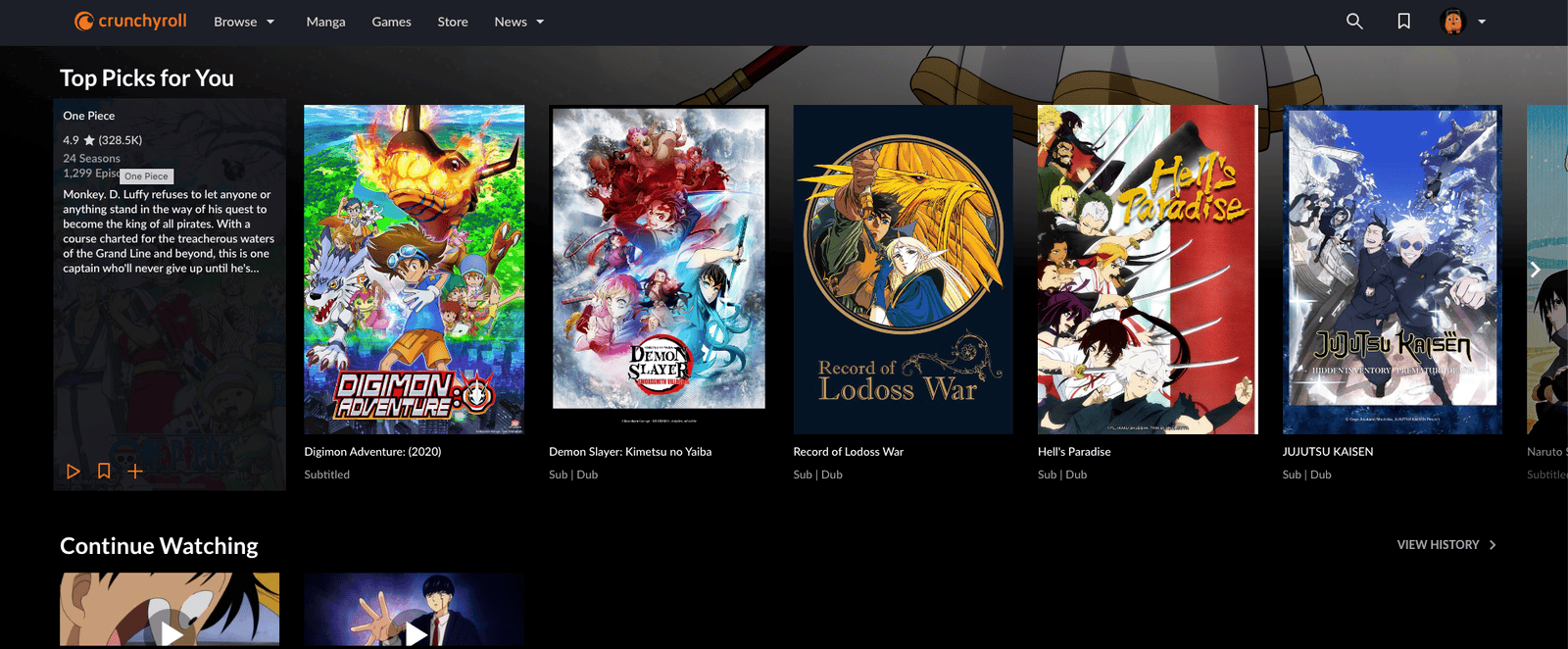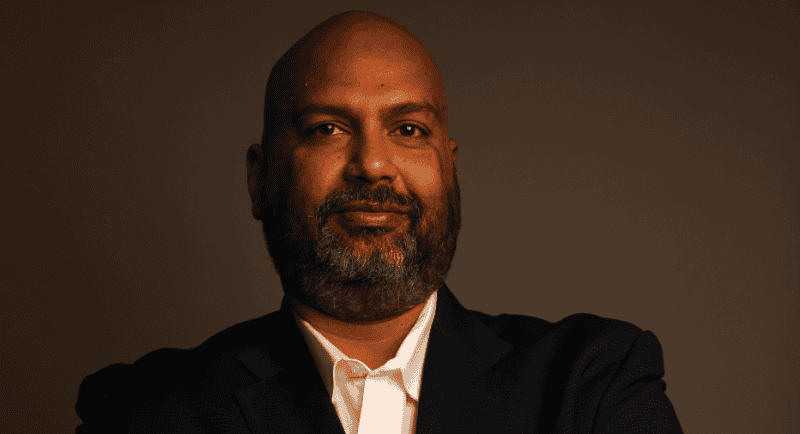President of anime streaming service Crunchyroll, Rahul Purini, says that the service has had to continue to educate partners and advertisers on misconceptions around anime.
Speaking exclusively to Mediaweek, Purini explains that similar to the gaming industry, there are a lot of assumptions and myths about who anime is for.
“When working with advertisers, we try to help them understand that our audience is young, split evenly between male and female, they are highly engaged and very passionate,” he says.
“We also have to inform advertisers that our audience does not just ‘watch’, they are fully invested in the ecosystem of not only anime but pop culture. They buy DVDs, dress up in cosplay, frequent conventions, and spend more money on merchandise there.
“However, it’s still very much a work in progress, because our model is not the same as general entertainment content or streaming. It is new and we have to do the work to let advertisers know that we aren’t niche, the opportunity is there.”

Crunchyroll is a media and entertainment company focused on bringing Japanese animation – anime – that is conceived and created in Japan to global audiences. It is an independently operated joint venture between Sony Pictures Entertainment and Japan’s Aniplex, a subsidiary of Sony Music Entertainment (Japan) Inc.
While Crunchyroll might not be a household name, the company has operated in some form in Australia for almost 20 years.
Madman Entertainment first brought anime to Australia and launched a service called ‘Anime Lab’, a first of its-kind anime streaming platform in Australia. Funimation was another company that brought anime to Australia for close to 15 years. Now, both companies have been folded into Crunchyroll and all operate under the brand name.

Black Butler: Public School Arc
“Fortunately for us, all of those teams are together under one Crunchyroll brand now so Australia is a market where we have really served the audience for a long time, longer than some might realise,” Purini says.
“Australia is such an important market for us because of how mature it is. The Australian market is one of those markets where we are able to engage with fans across our full set of offerings.
“We have a very successful home video collectibles market which sees fans continue to buy video Blu-ray box sets of different anime and also our theatrical business is something we are really excited about in this market. We released Studio Ghibli’s The Boy and The Heron here at the end of last year and it further proved our strong partnership with long-time fans in Australia.”
In terms of growth trajectory in Australia, Crunchyroll is seeing viewership increase off the back of its various pricing options for users.
The platform offers a free tier and three paid tiers. The free version is ad-supported and users cannot access its full anime catalogue. The $7.99-per-month ‘Premium Fan’ tier removes all ads and grants full access to the catalogue, while the $11.99-per-month ‘Mega Fan’ tier offers discounts on Crunchyroll’s online store and offline viewing. Finally, the $15.99-per-month ‘Ultimate Fan’ tier lets viewers stream on more devices at once and includes annual physical gifts.

Crunchyroll Dashboard
The company is growing, Purini explains, and Australia is a growing region.
“Over the last 12 to 18 months in Australia, we have seen over 30% growth in terms of viewership in the region,” Purini continues.
“Even at an individual consumer level, we are seeing about 900 minutes consumed per month on average in this region. That’s nearly two hours a day. Australia continues to prove itself as a top performing, highly engaged market for us.”
Purini says that the popularity of anime among young audiences has to do with how Japanese creators tell stories and how distinct those stories are.
“Young audiences not only in Australia but across the world don’t get enough of that unique set of stories and themes.
“Anime builds a need for them, combined with the stunning visuals, the amazing plots, music and character building; it just connects with audiences like no other medium does.”
